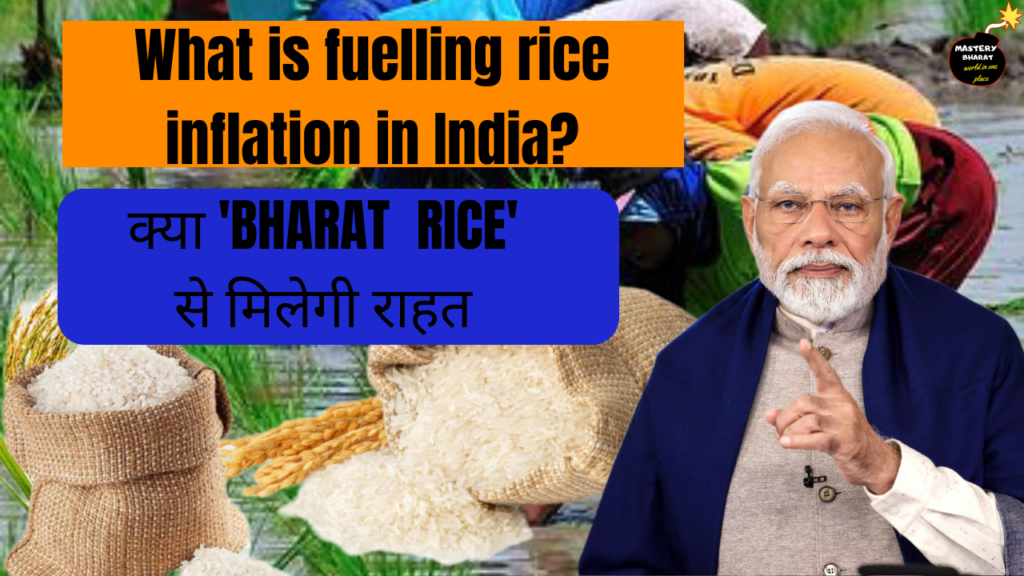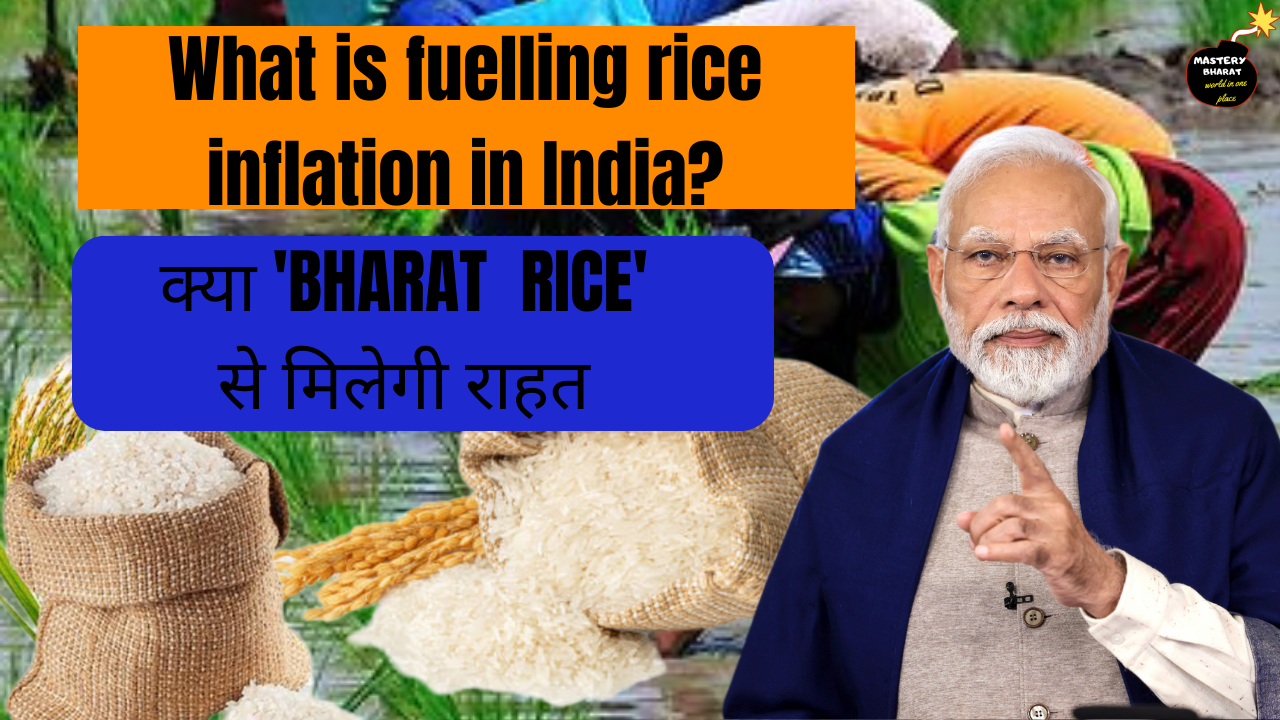Understanding the Factors Driving Rice Inflation in India

Rice, being a staple food in India, plays a significant role in the country’s economy and food security. However, in recent times, there has been a noticeable surge in rice prices, causing concerns among consumers and policymakers alike. Several factors contribute to this inflationary trend, creating a complex web of challenges that need to be addressed.
1. Supply Chain Disruptions
Disruptions in the supply chain, exacerbated by the COVID-19 pandemic, have played a pivotal role in driving up rice prices. Lockdown measures, transportation bottlenecks, and labor shortages have impeded the smooth flow of rice from farms to markets, leading to supply shortages and price hikes.
2. Erratic Weather Patterns
India’s agricultural sector is heavily dependent on monsoon rains. Irregular weather patterns, including untimely rains, floods, and droughts, have adversely affected rice cultivation in different parts of the country. Reduced yields and crop losses have constrained rice supply, thereby pushing prices upwards.
3. Input Cost Escalation
Farmers are facing mounting pressures due to escalating input costs, including fertilizers, pesticides, and labor. The rising cost of agricultural inputs has compelled farmers to seek higher prices for their produce to maintain profitability. Consequently, this upward pressure on farm-gate prices translates into increased retail prices for rice.
4. Export Restrictions
Government policies aimed at safeguarding domestic food security have led to restrictions on rice exports. While these measures may help ensure an adequate supply of rice within the country, they also limit the availability of Indian rice in the global market, driving up domestic prices due to reduced competition.
5. Changing Consumption Patterns
Shifting dietary preferences and an increasing demand for rice-based products have contributed to higher consumption levels. As a result, the demand-supply dynamics of rice have been altered, putting additional pressure on prices.
6. Market Speculation and Hoarding
Speculative activities and hoarding by traders and middlemen further exacerbate the inflationary pressures on rice prices. Artificial scarcity created by hoarding practices amplifies price volatility and undermines efforts to stabilize the market.
Mitigating Strategies
Addressing the challenges associated with rice inflation requires a multi-faceted approach involving coordinated efforts from both the government and stakeholders across the supply chain. Here are some potential strategies to mitigate the impact of rising rice prices:
- Enhancing Productivity: Investing in agricultural research and development to improve crop yields and resilience to climate change can help boost rice production and alleviate supply constraints.
- Infrastructure Development: Strengthening transportation and storage infrastructure can facilitate smoother movement of rice from farms to markets, reducing wastage and ensuring a steady supply.
- Price Stabilization Mechanisms: Implementing effective price stabilization mechanisms, such as procurement at minimum support prices (MSP) and creation of buffer stocks, can help stabilize rice prices and shield consumers from abrupt fluctuations.
- Promoting Sustainable Practices: Encouraging adoption of sustainable agricultural practices, including efficient water management and organic farming, can enhance resilience and productivity in rice cultivation.
- Policy Reforms: Reviewing trade policies and regulations to strike a balance between domestic food security concerns and export competitiveness can help ensure a fair and transparent rice market.
Conclusion
In conclusion, the inflationary trend in rice prices in India is influenced by a combination of factors ranging from supply chain disruptions to changing consumption patterns. Addressing these challenges requires concerted efforts and holistic strategies aimed at enhancing productivity, strengthening infrastructure, and implementing prudent policies to foster a stable and sustainable rice market.
F&Q
Frequently Asked Questions (FAQs) on Rice Inflation in India
1. What are the primary factors contributing to rice inflation in India? a) Decreased demand b) Increased supply chain efficiency c) Erratic weather patterns d) Stable input costs
Answer: c) Erratic weather patterns
2. How has the COVID-19 pandemic impacted rice prices in India? a) Decreased rice consumption b) Smooth flow of rice in the supply chain c) Transportation bottlenecks and labor shortages d) Decreased input costs
Answer: c) Transportation bottlenecks and labor shortages
3. What role do export restrictions play in driving up rice prices in India? a) They have no impact b) They lead to increased global competition c) They limit the availability of Indian rice in the global market d) They stabilize domestic rice prices
Answer: c) They limit the availability of Indian rice in the global market
4. How can the government mitigate the impact of rice inflation? a) Decreasing investments in agricultural research b) Strengthening transportation infrastructure c) Ignoring trade policies d) Hoarding rice stocks
Answer: b) Strengthening transportation infrastructure
5. What strategies can help stabilize rice prices in India? a) Decreasing productivity b) Encouraging hoarding practices c) Implementing price stabilization mechanisms d) Ignoring sustainable agricultural practices
Answer: c) Implementing price stabilization mechanisms
